Exhibit Gallery


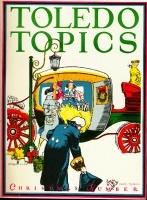
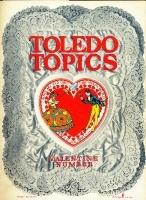








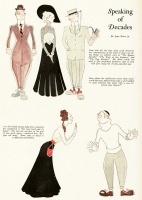

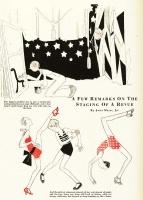


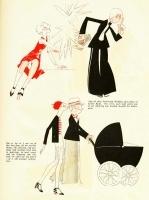















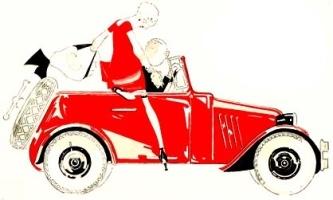




Toledo Topics: Life at the Top in Jazz Age Toledo
by Timothy Messer-Kruse
 Cover of the November 1926 issue
Cover of the November 1926 issue
For Toledo industrialists, times could not have been better. For Toledo, as for the nation as a whole, the 1920s were a time of great industrial expansion. In that decade, still driven by coal and steam, Toledo was a major hub in the nation's transportation system. Its fifteen miles of riverfront loaded and unloaded over 4,000 freighters each year. It was an automobile center second only to Detroit. Its largest employer, Willys Overland, produced more cars in the 1920s than any other U.S. manufacturer but Ford.1 Glass was Toledo's other high tech industry. Its glass companies enjoyed a monopoly based on ownership of key patents on numerous production innovations. Toledo firms produced a mountain of glass of their own, but, through control of patent licensing agreements, virtually every piece of glass made in America by any manufacturer returned profits to Toledo companies. In the 1920s, Toledo had one of the highest rates of industrial growth in the entire nation.2 Its realtors, expecting population to follow a similar trend, platted enough house lots to accommodate a population of one and a half million persons. The back of Toledo's union movement had been broken in the Great Overland Strike of 1919 and Toledo worked as an open shop town. Politically, the regular Republican Party finally regained control of the mayor's office after a long succession of independent progressive mayors. Toledo's importance was even felt nationally as the city's party bosses helped play kingmaker to Ohioan Warren G. Harding.
 It's Spring in the Town, Illustration by John Held
It's Spring in the Town, Illustration by John Held
Toledo's wealthiest families ruled the roost in this decade and set their stamp upon the city. It was in this decade that many of Toledo's elite families fled the downtown mansion district and established new enclaves in Perrysburg and Ottawa Hills. A string of baronial estates was built along the upriver banks of the Maumee River - far enough to be distant from the teeming masses but near enough for the servants to ride to work on the interurban lines. From 1922 to the end of the decade nearly a dozen of these mansions would rise on the southern banks of the Maumee with names such as "Stonecroft," "The Terraces," "Woodgate," "Greystone," "Chanticleer," "Wamston," and "Belle Alliance".3 Though impressive, these estates were but temporary residences for families that now summered in Europe and wintered in Palm Springs.
 Cover of Toledo Topics June 1926 issue
Cover of Toledo Topics June 1926 issue
Though each of the three daily papers carried extensive society columns that covered the comings and goings of Toledo's elite, by the mid-1920s the elite enjoyed a society magazine of its own. In 1925 an advertising agent (Walter S. Miller), a high quality printer (Fred W. Haigh), and a Toledo Times newspaper man (Mitchell Woodbury) teamed up to launch a new magazine aimed at "the smart set." The product was a perky little journal called Toledo Topics that both talked to and of the city's upper crust. Each issue was folded between high-quality original art covers. Its advertisements reflected its readership - Packards not Fords, tailors not ready-made, interior decorators not department stores. Toledo Topics was a cultural magazine. It reviewed the theatre, both in Toledo and in New York. It followed sports, especially golf, but an occasional baseball article crept in as well. It had a regular music reviewer, a staff book reviewer, and a curmudgeonly critic who was known as The Iconoclast. Each issue contained a two-page humorous cartoon spread lampooning some aspect of contemporary culture. Naturally, it had an extensive and chatty social column.
Presented here is one full years' worth of Toledo Topics. Every article and every advertisement (except for those that were nationally syndicated) has been indexed and included. Inside these issues the reader will find flashes of the roaring twenties - references to bootlegging and flappers as well as movie stars and local news. Every name of a local personage has been indexed and is included in the master database of Toledo's Attic.* This exhibit would not have been possible but for the generous loan of a complete volume of Toledo Topics magazines by Mr. George M. Jones III. Support for the Toledo's Attic project comes from the Lucas County-Maumee Valley Historical Society, the Miniger Foundation, the Stranahan Foundation, the Ohio Humanities Council, and the University of Toledo.
1Eric J. Karolak, "Fighting Autocracy at Home": The Willys-Overland Strike of 1919 (Senior Honors Thesis, University of Toledo, 1986), p. 7
2Glenn E. McLaughlin, Growth of American Manufacturing Areas: A Comparative Analysis. . .(Greenwood Press: Westport Conn., 1938), pp. 114-115.
3C. Robert Boyd, A History of the Hamlet (The Hamlet Homeowners Association, Perrysburg, Ohio, 1996).
*Note: Use the search box to locate information in Toledo's Attic.
Select the cover to open the PDF version of the corresponding issue
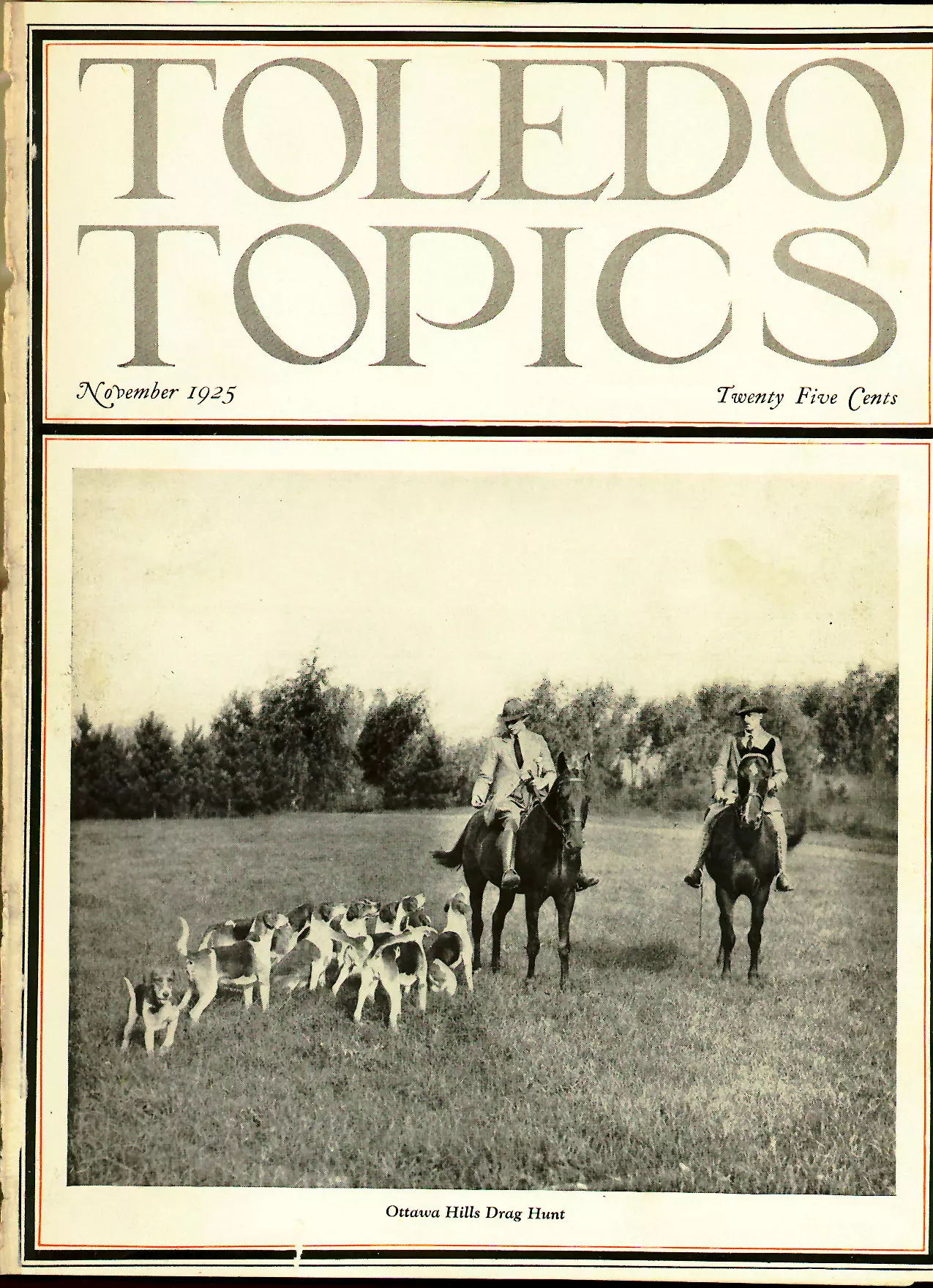 Toledo Topics, November 1925 (Ottawa Hills Drag Hunt)
Toledo Topics, November 1925 (Ottawa Hills Drag Hunt)
 Toledo Topics, December 1925 (Christmas Number)
Toledo Topics, December 1925 (Christmas Number)
 Toledo Topics, February 1926, Valentine Number
Toledo Topics, February 1926, Valentine Number
 Toledo Topics, April 1926 (Easter number)
Toledo Topics, April 1926 (Easter number)
 Toledo Topics Advertisements November 1925 - November 1926
Toledo Topics Advertisements November 1925 - November 1926
Credits: The individual issues were recompiled and the tables of contents were created by Patrick Cook





